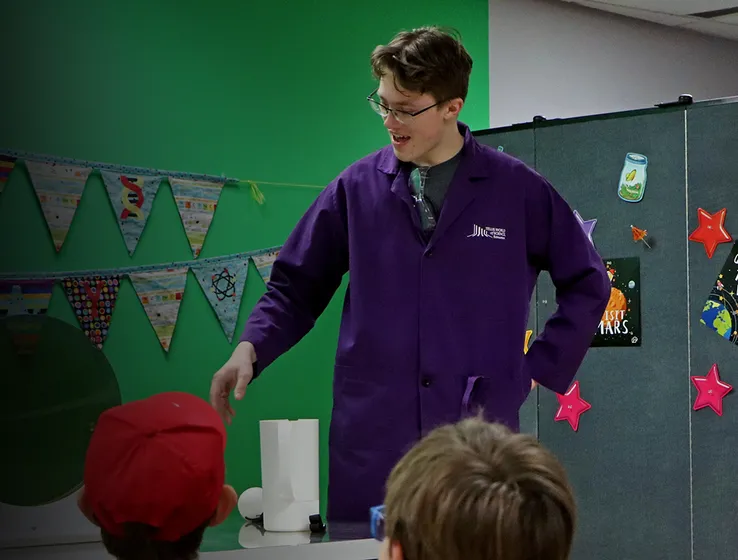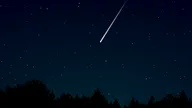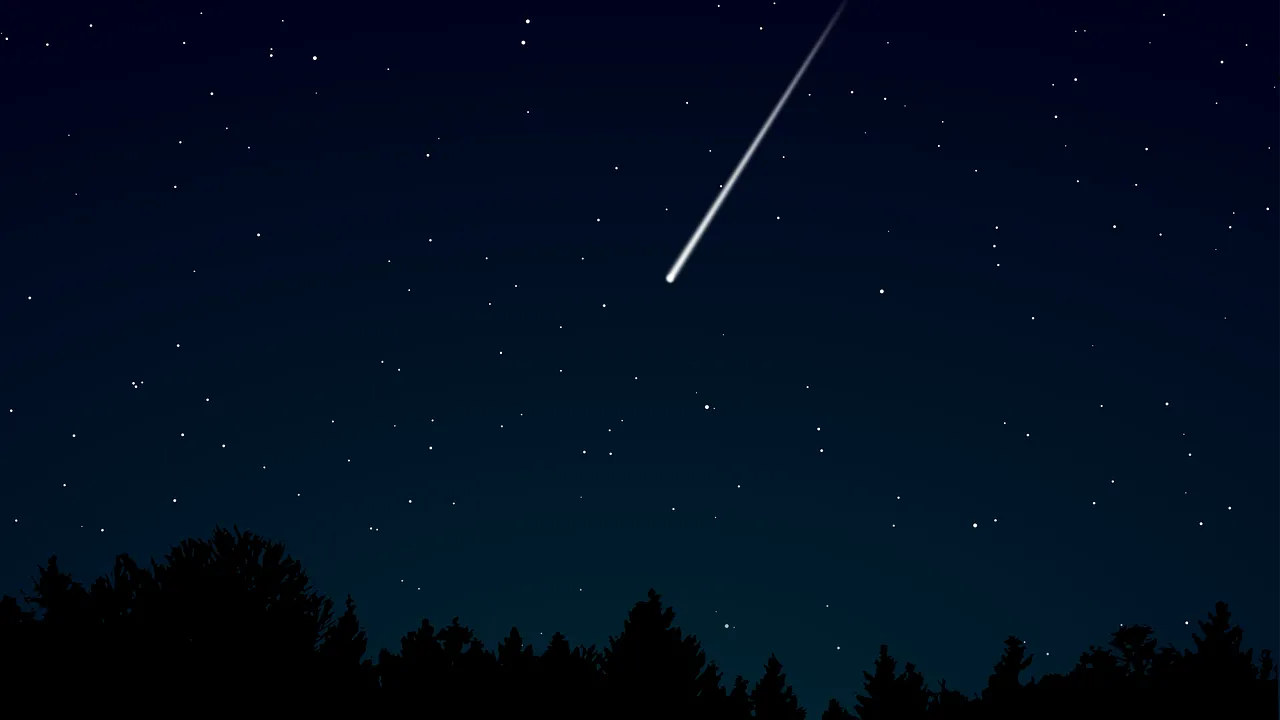Showered... in meteors!
Posted:
Our favourite meteor show of the year is here. The Perseids meteor shower peaks on August 11-12, with up to 100 meteors per hour. Read on to learn about the origins of this meteor shower and our pro tips to see it for yourself!
DREAMING OF SHOOTING STARS
As a child, I always wanted to see a shooting star for myself. Growing up I learned that these are not stars that are falling from the sky but bits of debris that fall from space and hurtle through our planet's atmosphere. We call these bits of falling debris meteors. In fact, there are meteor showers that fall from space at certain times of year every year! An example of these showers would be the Perseids, they are one of the most active meteor showers of the year, but what causes meteor showers? Why are they cyclical? And why is this meteor shower named after a constellation? We will explore these questions in this blog as we wait in anticipation for clear skies to observe this phenomenon.
BUT WHERE DO THEY COME(T) FROM?
The Earth's orbit is not completely empty, it is filled with asteroids, dust, particles, and radiation. Sometimes, even comets will cross nearby the Earth's orbit. Speaking of comets, they are a big part of the reason why we have meteor showers. Like most meteor showers, the Perseids originated from a comet. Comets are the dirty snowballs of the solar system. Within these frigid, icy bodies, you can find bits of dust and dirt mixed in. While a pile of dirty ice may sound boring, comets are exciting to astronomers as they hold material dating back to the solar system's formation 4.5 billion years ago. As comets approach the Sun, they get warmed up. This heating causes the ice to turn into a gas, making the comet release material into space – creating the brilliant tail we associate with comets. Trailing the comet is a swath of debris, these small pieces of dirt and dust left behind floating around in space are known as meteoroids.
The comet responsible for the Perseid meteor shower is comet Swift–Tuttle (formally known as 109P/Swift–Tuttle), named after Lewis Swift and Horace Parnell Tuttle, who discovered it in July of 1862. This comet is estimated to be two times larger than the asteroid that killed the dinosaurs and takes roughly 133 years to complete one orbit around the Sun. While completing its orbit it briefly enters the inner solar system and swings around the sun, leaving debris behind in Earth's orbit. While the comet hasn't been near to the Sun or Earth since 1992, the debris left behind by previous orbits still litters its path through space today. Records from China date this meteor shower all the way back to 36 AD.
SPACE DEBRIS IS A SIGHT TO SEE
When Earth crosses this path of debris, some of the meteoroids fall into our atmosphere. These small pieces of comet burn up due to the intense friction they encounter while entering our atmosphere, causing the bright streaks of light. As they enter the atmosphere, we call them meteors. Due to the large number of meteoroids left behind by comet Swift-Tuttle, we can sometimes see over 100 meteors each hour when travelling through the thickest portion of its debris path.
If the Perseids meteors come from comet Swift-Tuttle, why are they called Perseids, not the "Swift-Tuttleids?" Meteor showers get their names from the location in the sky where the meteors appear to come from. Perseid meteors appear to radiate away from the constellation Perseus, hence their name, the Perseids.
HOW CAN YOU WATCH THE PERSEIDS?
This summer the Perseids reach their peak on the night of August 11-12. If you miss the peak, you can still see many meteors on the nights before and after these dates. The best time to watch for Perseids is from midnight to dawn when the constellation Perseus is high in the sky. Meteors are visible to the unaided eye, so you do not need a telescope, binoculars, or fancy camera to watch this type of celestial event.
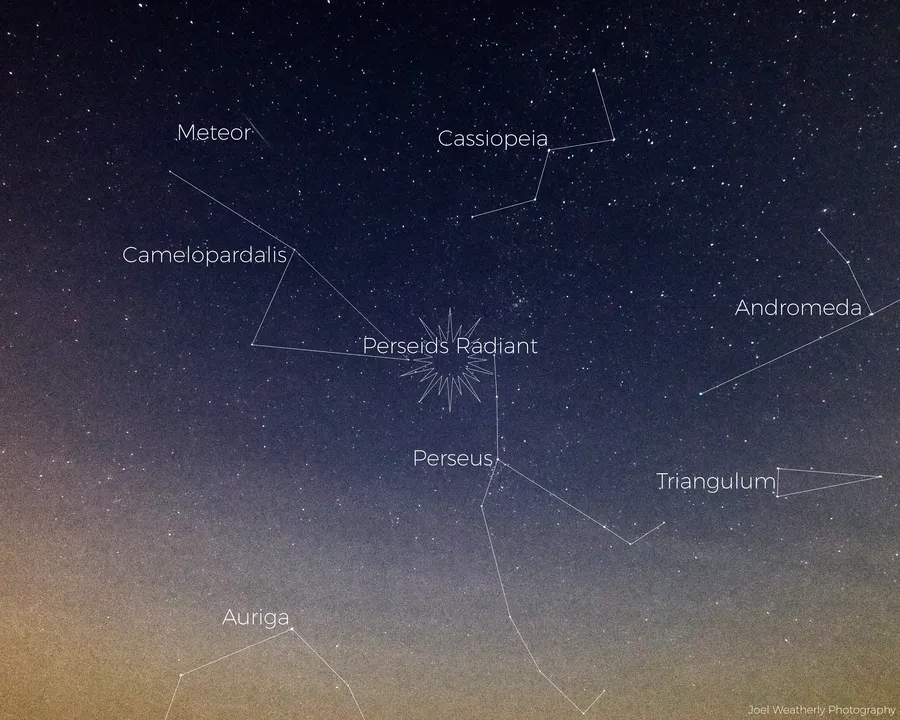
Photo Credit: Joel Weatherly
TIPS FROM OUR TEAM
Three significant obstacles to watching meteor showers are clouds, smoke and light pollution; these three things easily hide faint meteors. If you're planning a night of meteor watching, look for somewhere with clear skies far from bright city lights. Dark sky preserves, such as Elk Island National Park, are popular places to escape the brightness of our cities. Keeping in mind that meteors fall at random, so you'll need some patience, and warm clothes as the temperatures drop overnight. Bring a comfortable chair to sit or a blanket to lie down on for the best experience.
Maia Mudric, Science Presenter
Joel Weatherly, Lead Science Presenter (Zeidler Dome)
Related Articles


Food Chain Reactions
How Climate Change is Impacting Canada's Lakes

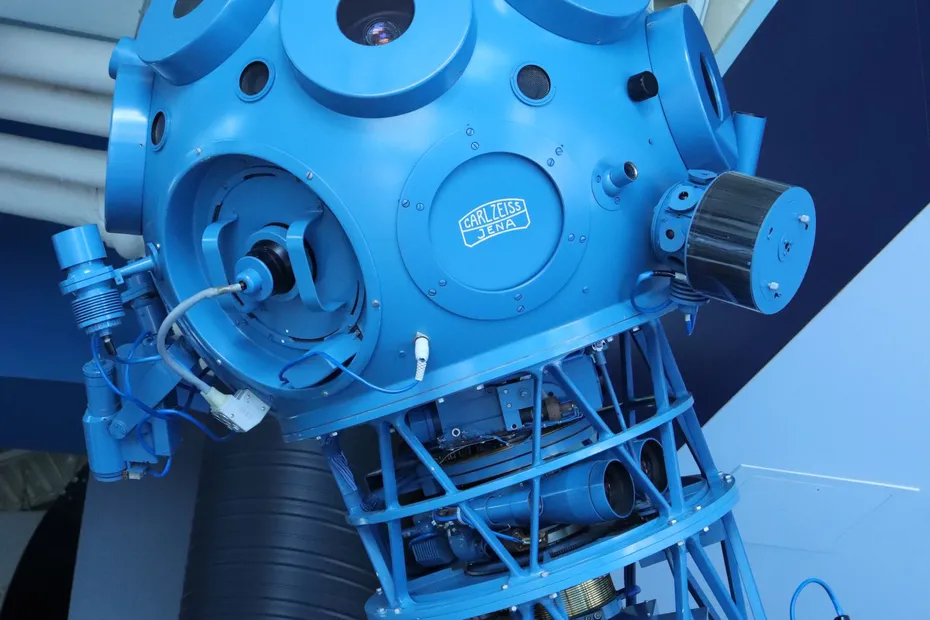
'Sophie' the Star Projector
The next time you visit TELUS World of Science – Edmonton and take in a show in the Zeidler Dome, you may notice a familiar object at the base of the staircase: “Sophie” the ZEISS* planetarium projector. Sophie projected the starry sky in the planetarium for over 20 years until 2008. Did you see her in action rising up in the centre of the theatre?

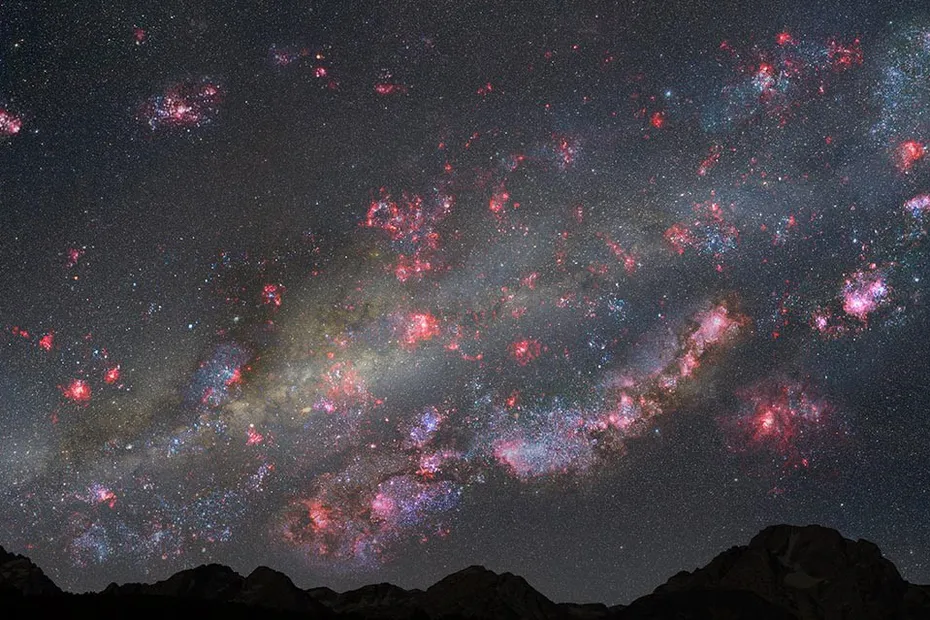
Astronomy in Australia
Does the night sky look the same on the other side of Planet Earth?
Related Articles


Food Chain Reactions
How Climate Change is Impacting Canada's Lakes


'Sophie' the Star Projector
The next time you visit TELUS World of Science – Edmonton and take in a show in the Zeidler Dome, you may notice a familiar object at the base of the staircase: “Sophie” the ZEISS* planetarium projector. Sophie projected the starry sky in the planetarium for over 20 years until 2008. Did you see her in action rising up in the centre of the theatre?


Astronomy in Australia
Does the night sky look the same on the other side of Planet Earth?


